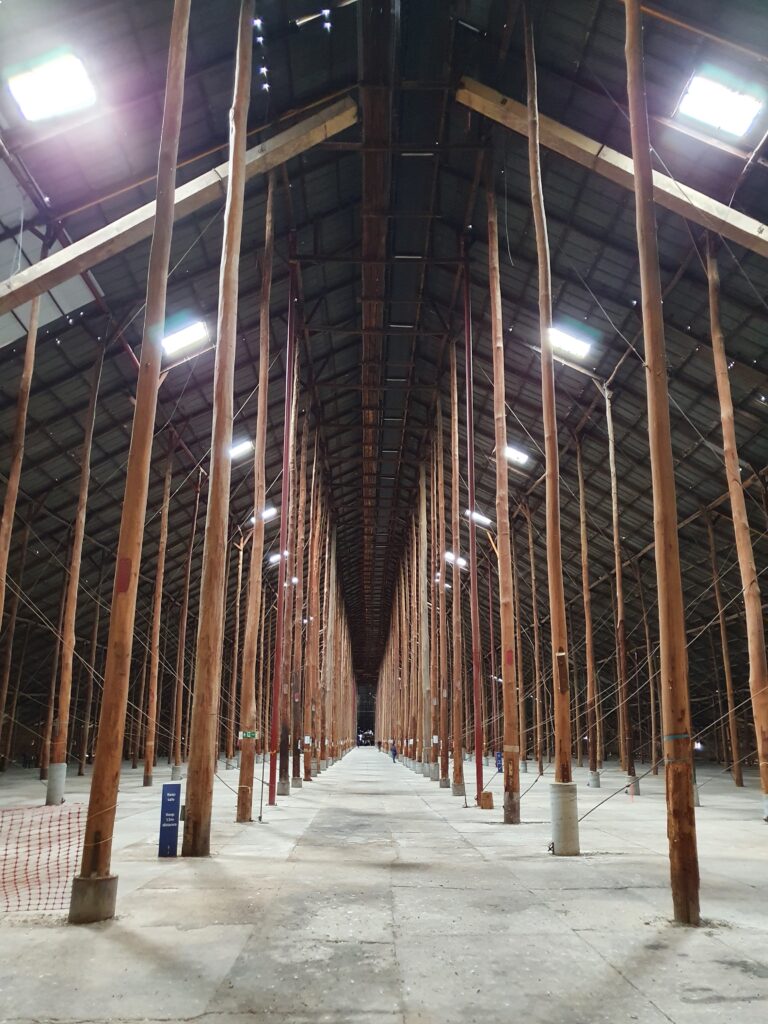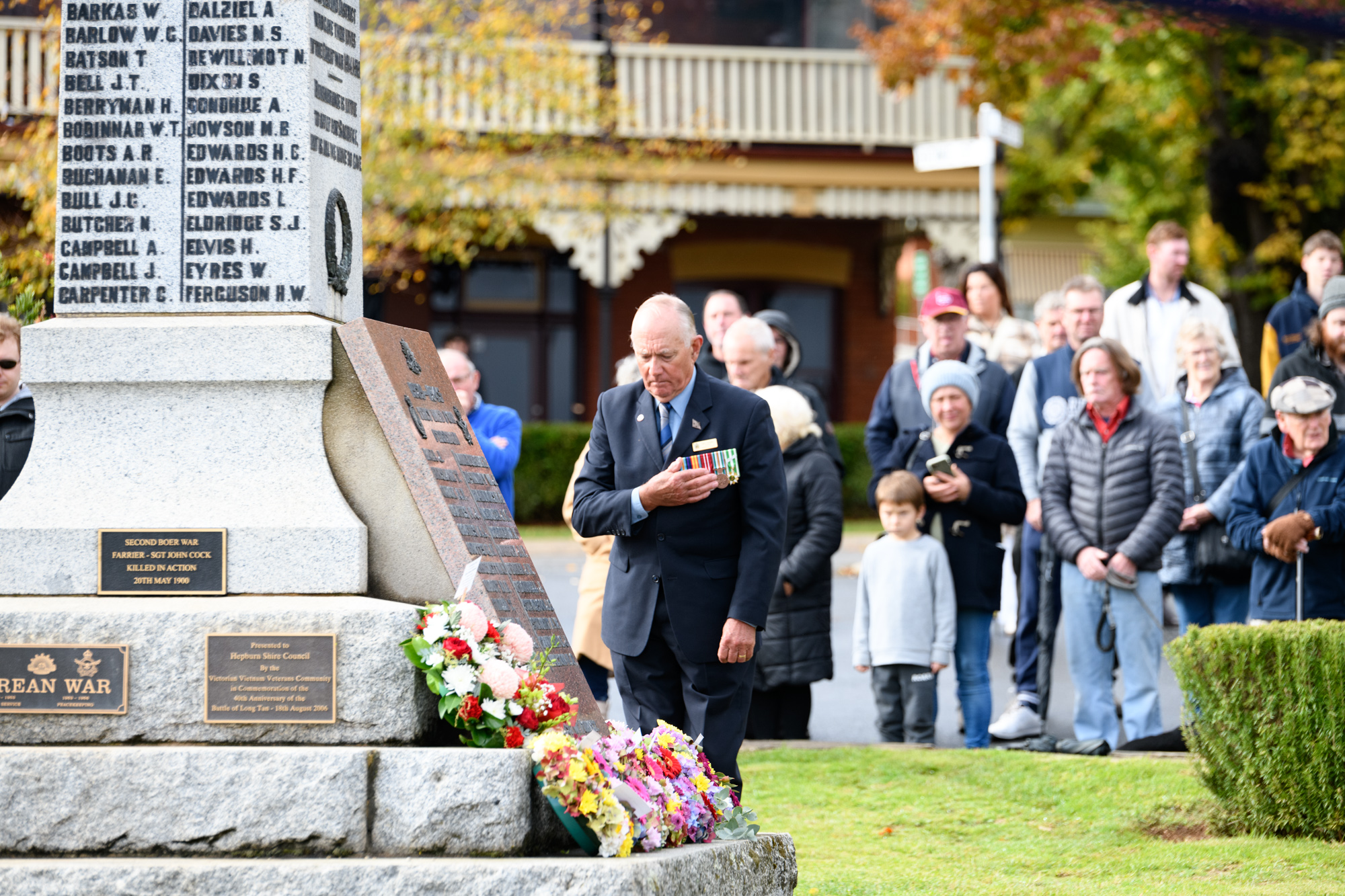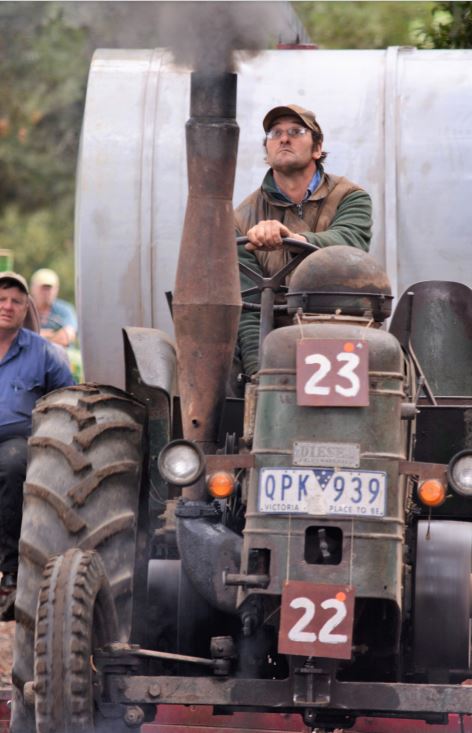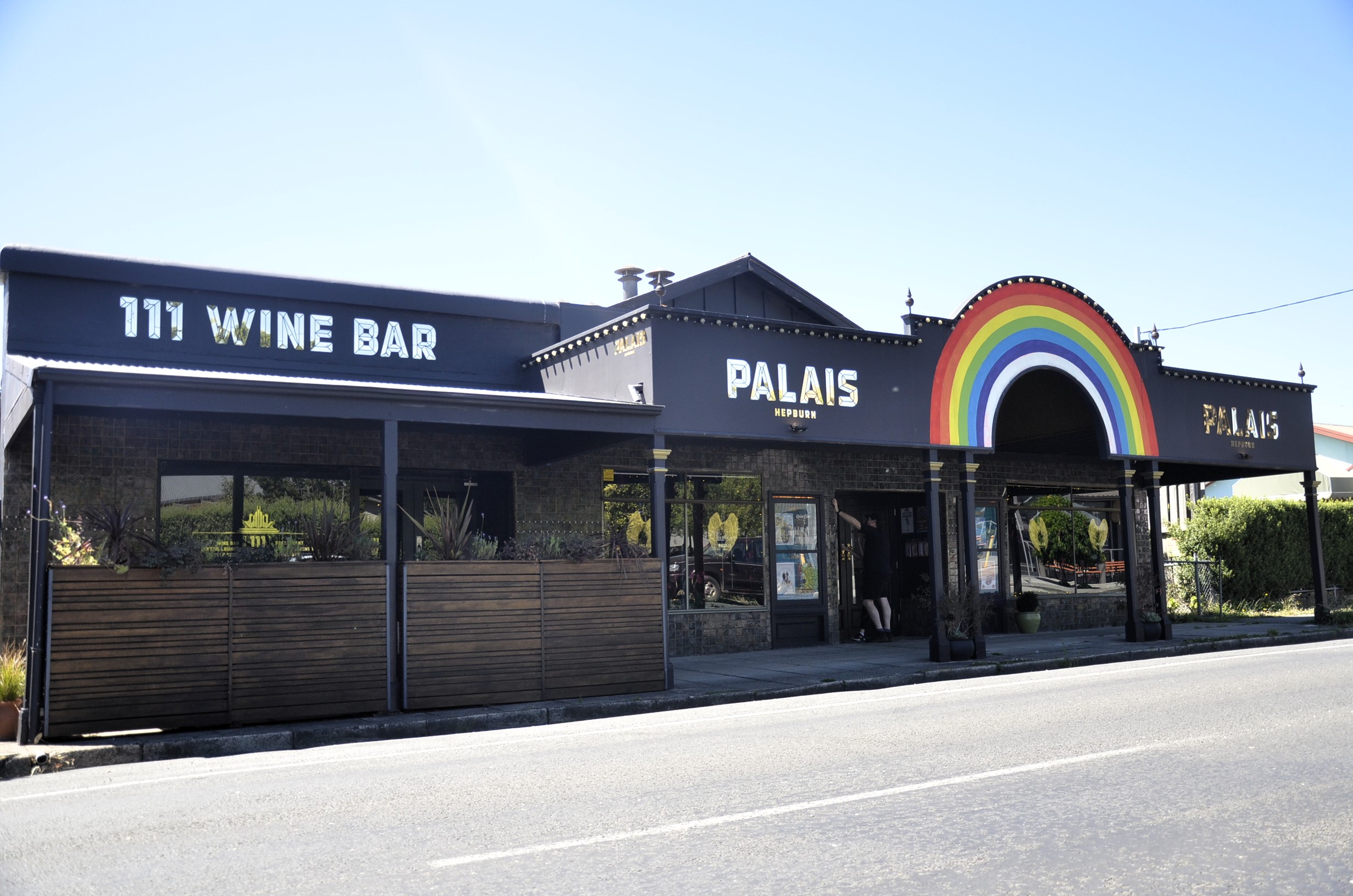April 14th, 2021Design with Indre
The shed was dug out and built by hand in 1941, during the WWII wheat glut. It took four months to complete and it spans the length of five Olympic swimming pools, that’s about 270m long, 60m wide and 19m high along its ridge.
Exports were restricted at this time, crop yields had improved and 1941 had a bumper crop season. Burlap and hessian bags were in short supply so bulk grain solutions were needed. Many vertical concrete silos were constructed by railway sidings in the Wimmera and Mallee, but these were soon full. More bulk storage was needed, and Murtoa was chosen as the site due to its central location.

This was wartime and steel was also in short supply. So was labour. A call out for anybody available was made and men came when and if they were able. This was coming up to summertime, September to January and temperatures inside the construction site were often close to 40 degrees. Unmilled logs were used as the natural construction alternative to steel supports. Men scaled the logs to secure them. Wheelbarrow loads of concrete for the flooring make an almost flagstaff mosaic underfoot. Tall lofty timbers braced by minimal steel rod makes the structure appear like a soaring woodland cathedral. Row upon row of trees so tall it makes you wonder at the forests we never saw.
The shed’s unique shape sits as the shape a pile of wheat would make. A corrugated iron skin protects the steam-powered elevator and conveyor belt, a 1.6 hectare concrete floor and 3,381,600 bushels of wheat. The grain was deposited by hopper below the railway line and lifted by the elevators to the conveyor belt that ran the length of the shed, along the apex and could deposit wheat at any point along the belt. The shed was emptied by a full-length side conveyor belt back to the railway line.
This unique architectural building was a response in a time of need and Australians are always good at being inventive with what they have at hand. The architect is unknown, but the building is now included on the National Heritage List. It is the largest surviving timber-framed structure and the only one of its type left in Victoria. It is synonymous with the region’s wheat history and fundamental to Victoria’s cultural identity. I happened upon this shed by chance as I was travelling home from a work weekend and I am very happy I did. I would recommend driving out of your way for a unique gander and possibly a pie and beer in Murtoa. Regional Victoria will thank you for your support too.

Indre Kisonas – owner and principal designer – iok design
indre@iokdesign.com.au / www.iokdesign.com.au










